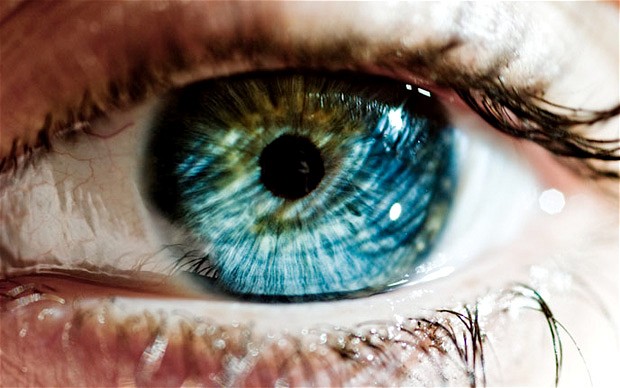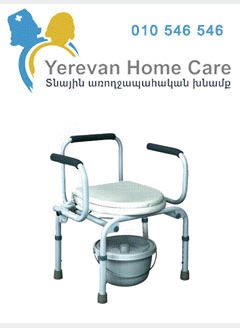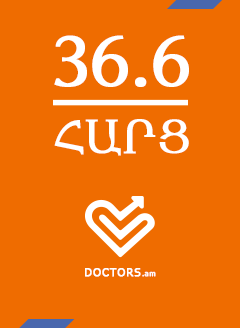A tiny ‘telescope’ or implant in the eye can improve the sight in sufferers of the 'dry' form of Age-related Macular Degeneration (AMD), the most common cause of blindness in the over 60s.
AMD is a degenerative condition of the centre of the retina known as the macular, which causes gradual loss of vision in the centre of the eye and problems with colour perception.
Wet AMD, seen in 10 per cent of cases, can be treated with injections, but these have not been effective in those suffering from dry AMD and it has remained untreatable.
The new IOL Revolution lens, which is only available at private The London Eye Hospital offers a significant improvement to the central vision of those suffering from both the ‘dry’ and ‘wet’ forms of AMD.
Dry AMD is caused by an accumulation of waste products from the light sensitive cells of the retina and causes a gradual degeneration of central vision.
The new implant procedure to fit the IOL-Revolution lens involves two small lenses being inserted into the eye which together act like a miniature telescope, slightly magnifying the image seen by the eye and moving it to a healthier part of the retina.
It costs £11,000 per eye.
The healthy retina takes over the role of the macula and can give the AMD patient significantly improved vision.
Bobby Qureshi, consultant ophthalmic surgeon and medical director of The London Eye Hospital, said: “We’ve been able to treat Wet Age-related Macular Degeneration for some years and it’s always been heartbreaking to have to tell patients diagnosed with the ‘dry’ form of AMD that there was far less we could do to help them as their vision deteriorated.
“The new IOL-Revolution lens changes all that. Fitting this ‘miniature telescope’ in a patient’s eye is a remarkably quick and straightforward procedure but almost straightaway the patient regains that all important central vision that is so important to everyday life, from recognising loved ones to reading a book.
"It’s an honour to be able to make such a different to people’s lives.”
Implanting the IOL-Revolution Lens takes about 30 minutes and does not require an overnight stay in hospital.
Both eyes are treated separately, usually two to three weeks apart.
If the AMD progresses in the years following the implant, the lens can be easily rotated to move the image to a healthier part of the retina.
An earlier generation of IOL lenses were used to treat a range of other conditions.
Other eye implants have been used in dry AMD but are placed at the front of the eye, have thick lenses and can cause complications such as glaucoma. The latest implant, is placed behind the iris and can be adjusted if the condition deteriorates.

















